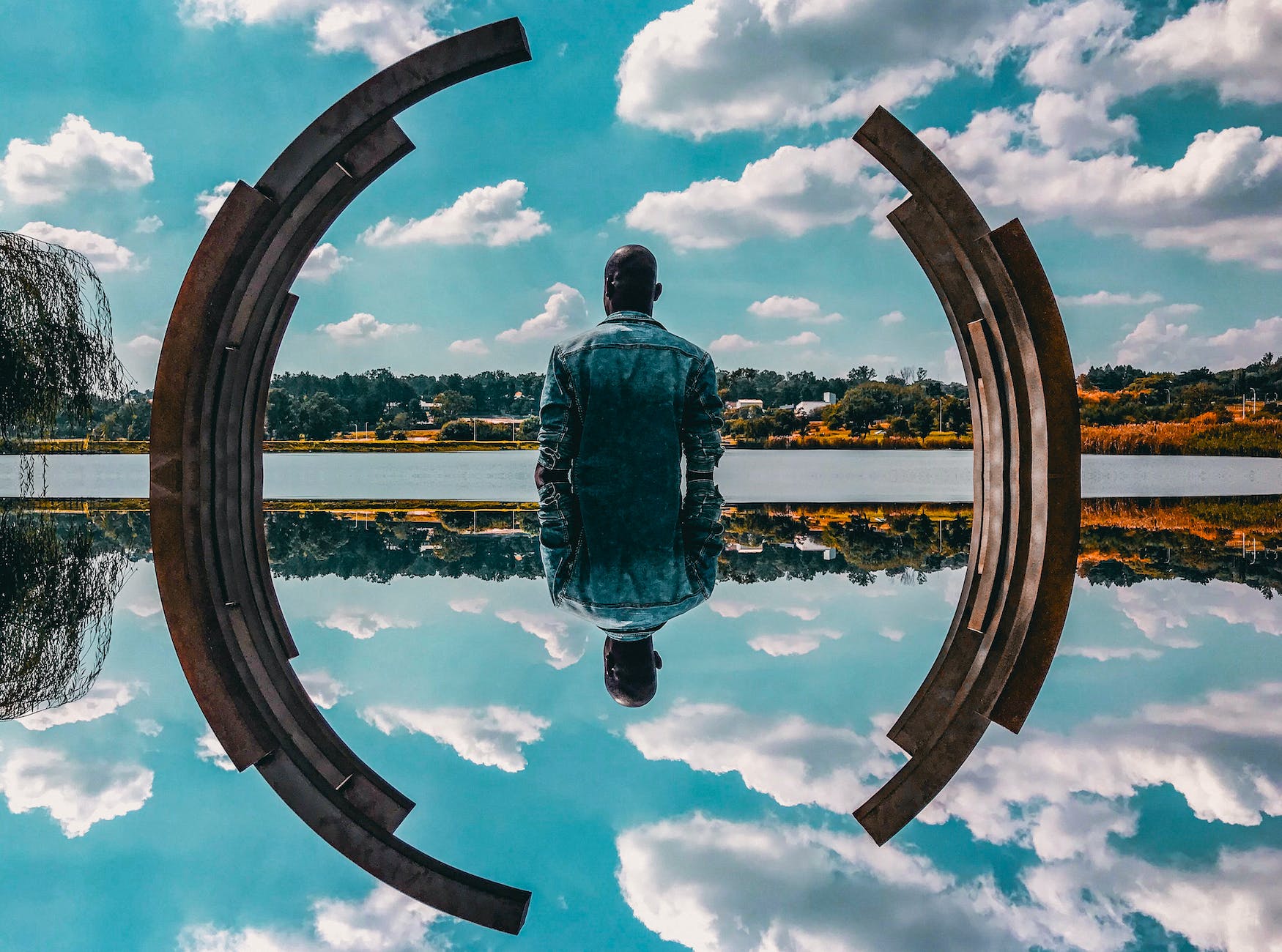The Language of Form: Expressing Ideas through Sculpture
Sculptors wield a versatile visual vocabulary for articulating concepts by manipulating tangible materials into meaningful compositions. Beyond representing literal subjects, three-dimensional form conveys boundless expressions when employed inventively. Through symbolism, abstraction, scale and juxtaposition, the elemental “language” of lines, shapes, textures and mass communicates philosophies and emotions wordlessly yet powerfully.
Communicating Beyond Words
Sculptural motifs spark ideas within viewers:
Symbolic Archetypes
Figures, animals and objects encoded with cultural meaning. Doves represent peace, owls wisdom.
Mythic Beasts
Mermaids and griffins personify fantasy ideals, evoking imagination.
Abstract Shapes
Circles connote unity, vertical spikes aspiration, jagged edges turmoil.
Textures and Patterns
Rough surfaces read as chaos, smooth ones calm. Patterns suggest growth, seasons.
Kinetic Aspects
Motion implies progress, potential. Stationary pieces evoke solidity.
Storytelling Without Text
Narratives unfold through sequential works:
- Figural groups express relationships. Their proximity and body language convey bonds.
- Evolving portrait busts of one individual show their maturation and character development.
- Relief panels sequence pivotal story moments like stages of heroic quests.
- Public monuments utilize surrounding scenery to establish historical settings.
Manipulating Form Factors
Attributes like mass and scale amplify messages:
- Monumental sculptures dwarf and awe viewers, communicating grandeur.
- Groupings of numerous small pieces expand concepts of individuals into universal.
- Gravity-defying forms reference uplifting concepts like freedom.
- Heavy, dense materials signify weighty ideas. Light materials connote buoyancy.
- Rough textures amplify visceral brutish concepts. Smoothness calms.
Sculptors distill immaterial thoughts into substantive form, making the intangible tactile through inventive use of visual elements. Art emerges when creative intuition translates concepts into a physical “vocabulary” that resonates universally.
